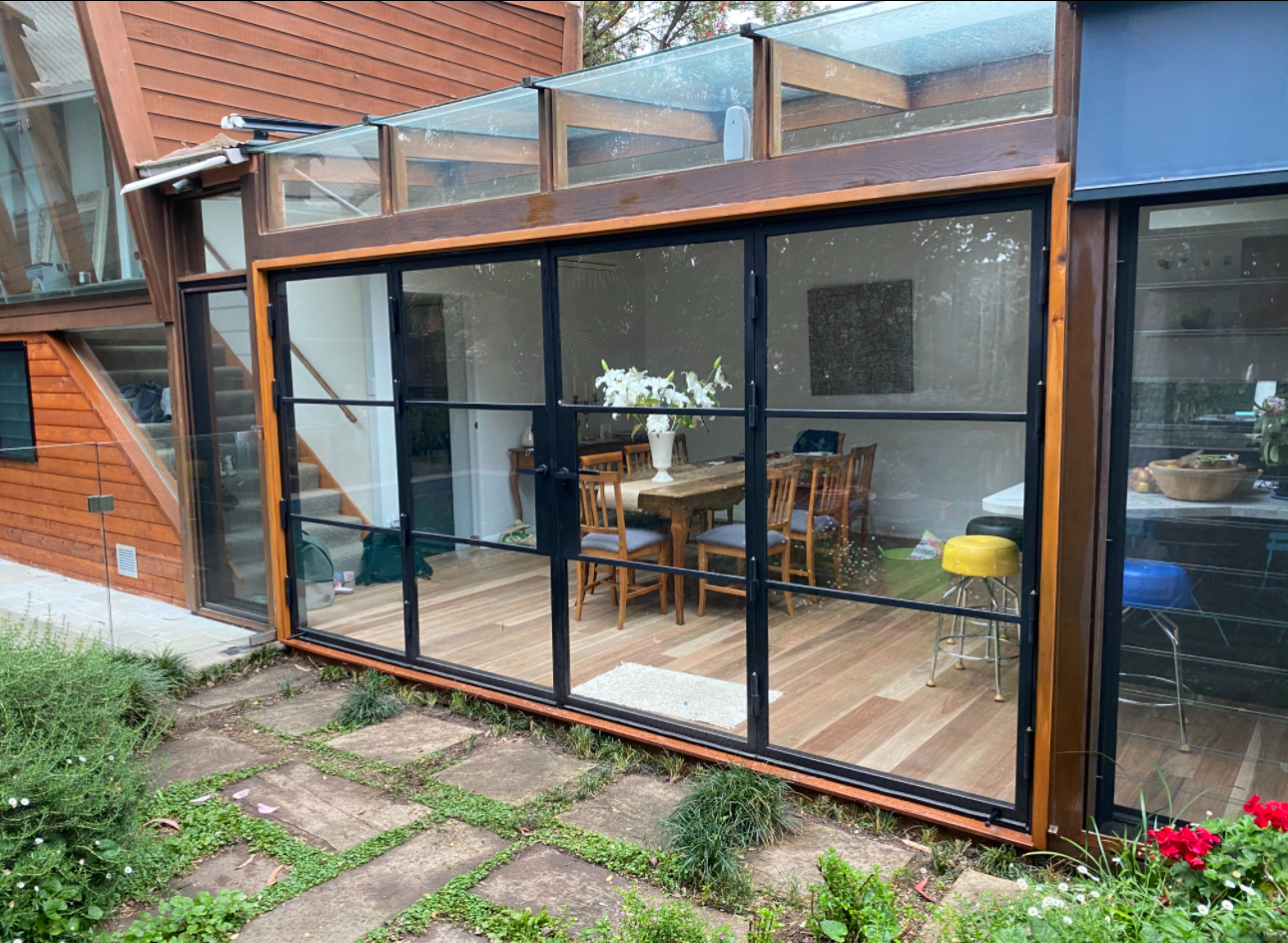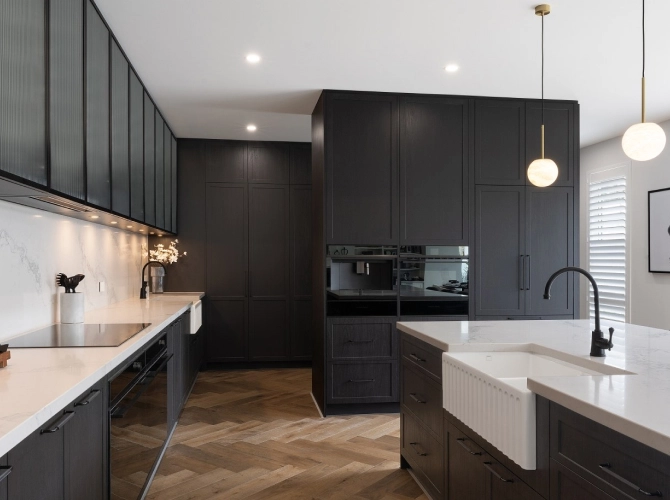Imagine stepping into your home after a long day, only to find your front door won’t close properly. It’s not just a minor inconvenience; it’s an invitation to security worries and energy loss. This pesky issue can affect anyone, but it’s a common headache for many Sydney residents. Whether you’re settling into a new home or just had your doors installed, this situation can be both frustrating and concerning.
Luckily, understanding why doors might fail to close even after installation can set the stage for effective solutions. We’ll look into simple checks and adjustments you can make to ensure your door functions as it should. By identifying and addressing common problems, you can keep your home secure and comfortable without a fuss.
Check for Obstacles
Sometimes, the most straightforward fix is the answer. Before diving deep into adjustments, it’s smart to start with the basics. Look around the area where the door closes. Is there anything in the way?
– Inspect the ground: Ensure there are no shoes, mats, or anything else obstructing the door’s path.
– Check the frame: Over time, even a well-installed door may face resistance if the frame collects dirt or debris. Cleaning it is a simple first step.
– Look at nearby objects: Sometimes things transfer weight unexpectedly. A shelf nearby may sag slightly, or a playful pet might have nudged something out of place.
Finding and removing the obstacle can often resolve the issue in no time. If the door still resists closing smoothly after you’ve cleared its path, the next step is to inspect its frame and hinges. Keeping an eye out for these blockages can prevent you from living every day with an inconvenient door.
Inspect the Door Frame and Hinges
If there are no obstacles in the way and the door still won’t close properly, it’s time to check the door frame and hinges. Over time, frames can warp due to changes in weather or settling of the house. Start by closely examining the frame for any visible signs of warping or damage. A telltale sign might be uneven gaps between the door and frame. Use a straight edge to confirm your suspicion if necessary.
Next, examine the hinges. If they are loose or misaligned, they can hamper the door’s ability to close properly. Ensure all screws are tightened and the hinges aren’t bent. If you notice the hinges seem out of alignment, adjusting them might do the trick. Sometimes, simply tightening the screws can improve alignment and function.
Adjusting the Door and Frame
Once you’ve checked the basics, it might be necessary to make some adjustments. Here’s where you can get hands-on. If the door seems to be misaligned within the frame, you may need to consider slightly adjusting the hinges or the door itself.
1. Realign the Hinges: If the hinges are the issue, first mark their current position. Loosen the screws, adjust the hinge vertically or horizontally as needed, and then re-tighten the screws. This helps in repositioning the door so it aligns better within the frame.
2. Adjust the Frame: This step is a little more involved. If the frame appears warped, gently tap the frame back into shape using a soft mallet, taking care to avoid causing any new damage.
3. Sand the Edges: If neither of these seems to work, lightly sanding the edges of the door might reduce friction points, allowing smoother operation.
When to Seek Professional Help
Constant tweaking and adjusting might not always solve the problem. If the door continues to resist closing properly, there might be an underlying installation issue or structural problem with the door or the frame itself. When doors are misaligned, it can indicate a more significant issue beyond simple adjustments, such as foundational shifts in the home.
This is when reaching out to an expert is a smart move. They can assess the problem comprehensively, ensuring the door is installed correctly and any structural concerns are addressed. Their experience brings peace of mind, knowing the job will be done right.
Ensuring Long-Term Performance
To keep your doors working smoothly once they’re adjusted properly, regular maintenance is key. Adding this task to your routine can prevent future problems from cropping up and save on larger repairs down the road. Here’s how to make sure your doors continue to operate efficiently:
– Regular Check-ups: Set reminders for seasonal inspections. This helps spot potential issues before they become major headaches.
– Lubricate Moving Parts: Applying lubricant to the hinges and locks can ensure they operate smoothly and quietly.
– Address Gaps and Drafts: Installing a weather strip can prevent drafts and dust, keeping your home more comfortable.
By maintaining a consistent routine of checks and minor fixes, you’ll extend the life of your doors, enabling smooth operation day after day. Whether these checks are done periodically or seasonally, they add to the convenience and security of your living space.
If you’re struggling with a door that just won’t cooperate, it might be time to consider expert assistance. For seamless and reliable door installation that meets the needs of your Sydney home, trust Cedar to get the job done right. Take a look at our services for comprehensive support to keep your doors functioning perfectly.



